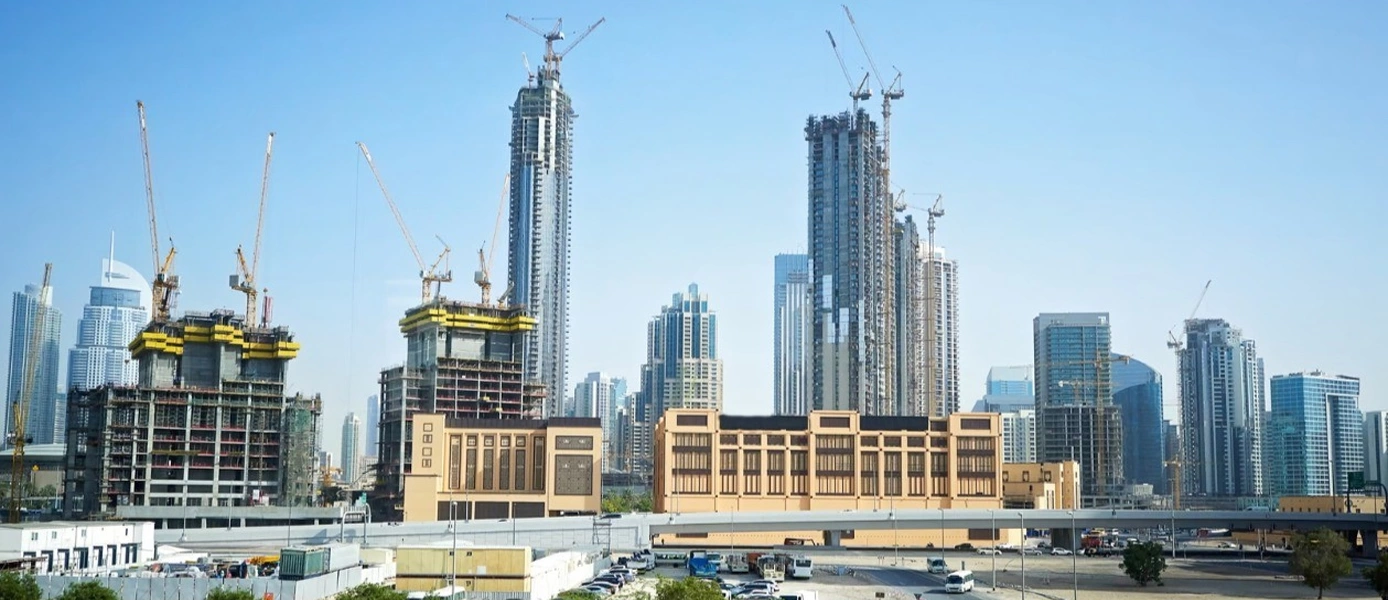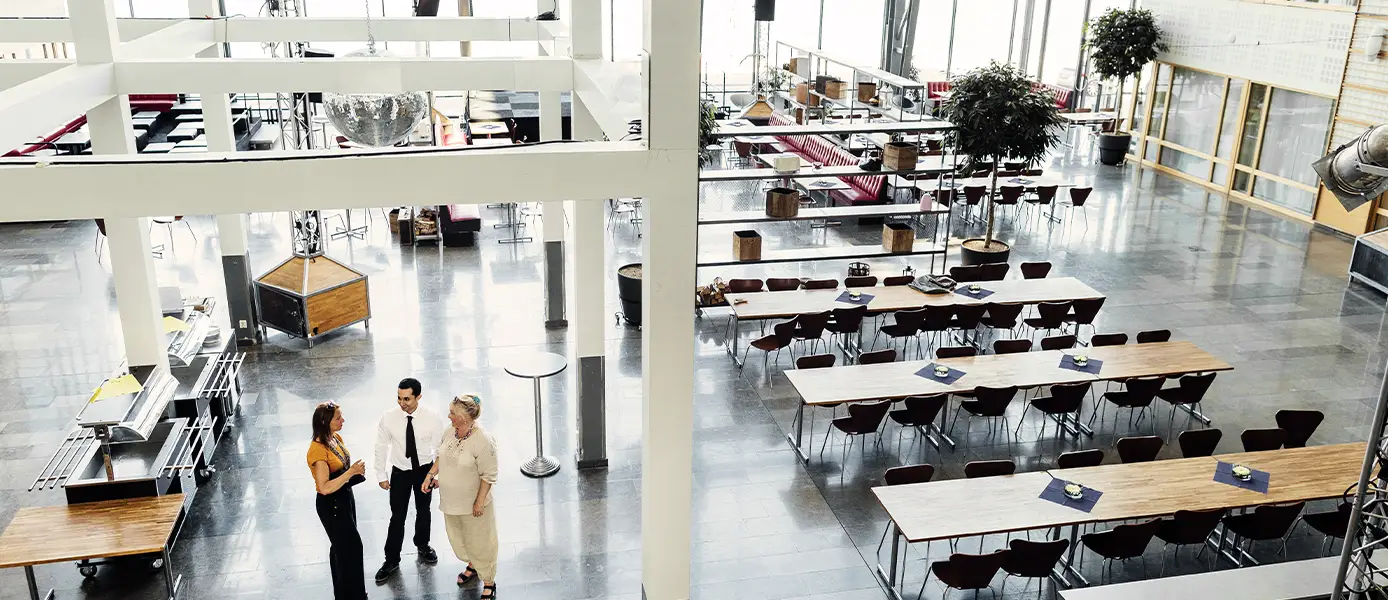The dynamic real estate market in Dubai is well known for its extensive property portfolio and strong system. The government maintains a focus on diversity and makes sure that investors from all over the world can profit from their investments in the emirate. In this sense, the opening of freehold areas to foreigners continues to be a significant advancement. The government’s concern for the residents and GCC nationals is demonstrated by the futuristic city’s numerous non-freehold neighbourhoods. Despite receiving less attention, these non-freehold neighbourhoods in Dubai are very important. Let’s examine what Dubai’s non-freehold neighbourhoods have to offer Emirati and GCC investors.
Freehold Vs Non-Freehold in Dubai – What Is the Difference?
Foreigners are permitted to own real estate in freehold areas of Dubai that have been designated by the government. The emirate also offers leasehold properties, which let foreigners rent a home for ten to ninety-nine years. One of the reasons non-UAE nationals have emerged as major participants in the Dubai real estate market is the availability of both freehold and leasehold properties. Neighbourhoods in Dubai that are closed to foreign investment are known as non-freehold areas. Only citizens of the UAE and GCC are permitted to buy real estate in these regions. The best way to find out if the area or project an investor want is located in a freehold or non-freehold area of Dubai is to talk to a real estate agent there or check with DLD.
Where are Non-Freehold Areas in Dubai?
These areas, which include some neighbourhoods in Deira, Bur Dubai, and Karama, are usually found in the older sections of Dubai. Although expatriates may still reside in non-freehold areas, they typically do so under leasehold or rental agreements that do not grant them ownership rights. The Dubai Municipality oversees these areas, which are not available for foreign investment on the same terms as freehold areas, which are owned by foreigners. However, some non-freehold areas may offer leasehold properties, which are usually available for up to 99 years and offer a long-term living option without full ownership.
Top 5 Non-Freehold Areas for Emirati
Jumeirah
Jumeirah 1, Jumeirah 2, and Jumeirah 3 are the three sub-districts that make up the coastal neighbourhood of Jumeirah. It is well-known for its stores, restaurants, entertainment centres, and recreational areas. The neighbourhood is also home to the famous Jumeirah Mosque. Villas with three bedrooms are one type of property; larger families can purchase homes with up to seven bedrooms! Homes along the beach come to mind when one hears the name “Jumeirah,” which is synonymous with luxury and prestige. Because of Jumeirah’s close proximity to the sea and Sheikh Zayed Road (E11), the city’s main highway, residents who own property here adore living here. The establishment of the Dubai Offshore Sailing Club, the Burj Al Arab, the relaxed atmosphere of the beachside neighbourhood, and the fact that Jumeirah is a world away from tall skyscrapers have all contributed to the area’s popularity since the 1970s.
Al Barsha
One of the first residential communities to appear near what is now known as New Dubai was Al Barsha. Just off Sheikh Zayed Road (E11), it has easy access to Al Khail Road (E44) and is home to a number of apartment buildings and villa compounds. One of the major reason is their remote atmosphere, close proximity to supermarkets like Spinneys and Aswaq, and easy access to schools like Al Mawakeb, the larger villas in Al Barsha are well-liked by Emirati families. In addition to apartments and villas, Al Barsha offers residential plots for sale, which will please locals and GCC nationals who wish to build their own homes. The majority of properties in Al Barsha are only accessible to GCC nationals and Emiratis, although the more recent sub-communities, such as Villa Lantana and Al Barsha South, offer freehold properties for foreign ownership.
Midrif
Only residents and GCC nationals are able to purchase real estate in Mirdif, another well-liked neighbourhood. The region is renowned for its diverse array of villas. Residents of Mirdif villas can spend time in their private gardens, which creates a wonderful sense of indoor and outdoor space. Many of the locals and foreigners who make up the larger community have been renting in the area for years! The neighbourhood’s excellent sense of community and pet-friendliness are two more fantastic features.
Umm Suqeim
The next stop on our list of well-liked non-freehold neighbourhoods in Dubai is Umm Suqeim. Umm Suqeim 1, Umm Suqeim 2, Umm Suqeim 3, Umm Suqeim Road, and Madinat Jumeirah Living are its five sub-communities. Like Jumeirah, Umm Suqeim is home to a variety of shops, cafes, and beachside entertainment areas like Kite Beach that draw both tourists and the local Emirati population. The fact that Umm Suqeim is situated directly between Dubai’s older and newer neighbourhoods is one of the main advantages for both home owners and renters. The Palm Jumeirah and the Burj Al Arab, two of the city’s most famous tourist destinations, are only a short drive away. Additionally, it takes about fifteen minutes to get to the city’s older areas.
Al Warqaa
Al Warqaa is a charming neighbourhood with large, reasonably priced homes that are mostly occupied by Asian, Arab, and local expats. There are apartments and villas for Emiratis and GCC nationals to purchase in the five subcommunities that make up the larger Al Warqaa area, Al Warqaa 1 through Al Warqaa 5. Aside from the abundance of conveniences like supermarkets, medical facilities, and food and beverage establishments, Al Warqaa is notable for having two sizable, breath-taking parks. Both locations feature kid-friendly play areas as well as designated paths for jogging, cycling, and walking. Next door is also the well-known Mushrif Park, which resembles a forest.
Dubai’s non-freehold neighbourhoods present Emiratis with a special chance to purchase real estate without being restricted by regulations governing foreign ownership. In contrast to freehold properties, which are usually only available to foreigners, Emirati citizens have access to a variety of mixed-use, residential, and commercial developments in non-freehold areas, frequently on more advantageous terms. These neighbourhoods support the city’s larger development objectives while giving local buyers ownership rights. Non-freehold properties continue to play a crucial role in Dubai’s real estate market as it develops and grows, providing Emiratis with a wide range of investment options to take advantage of the city’s vibrant real estate market.



